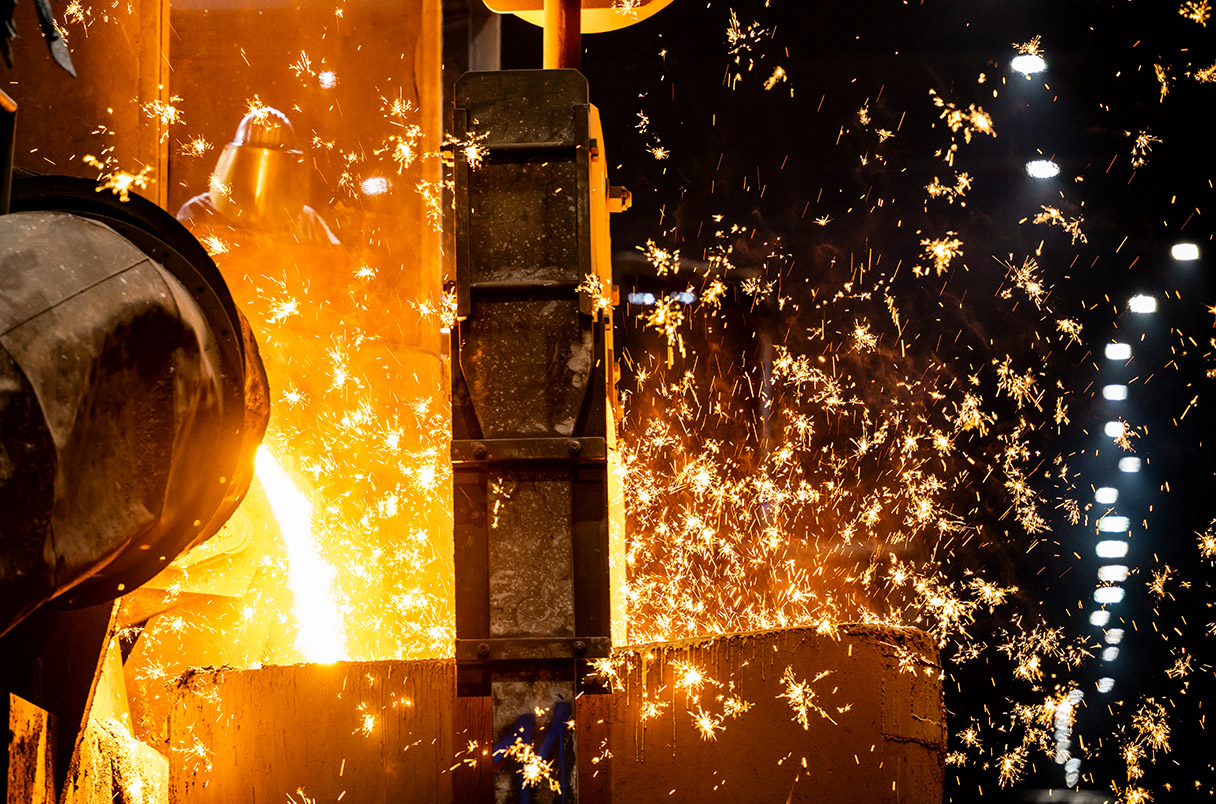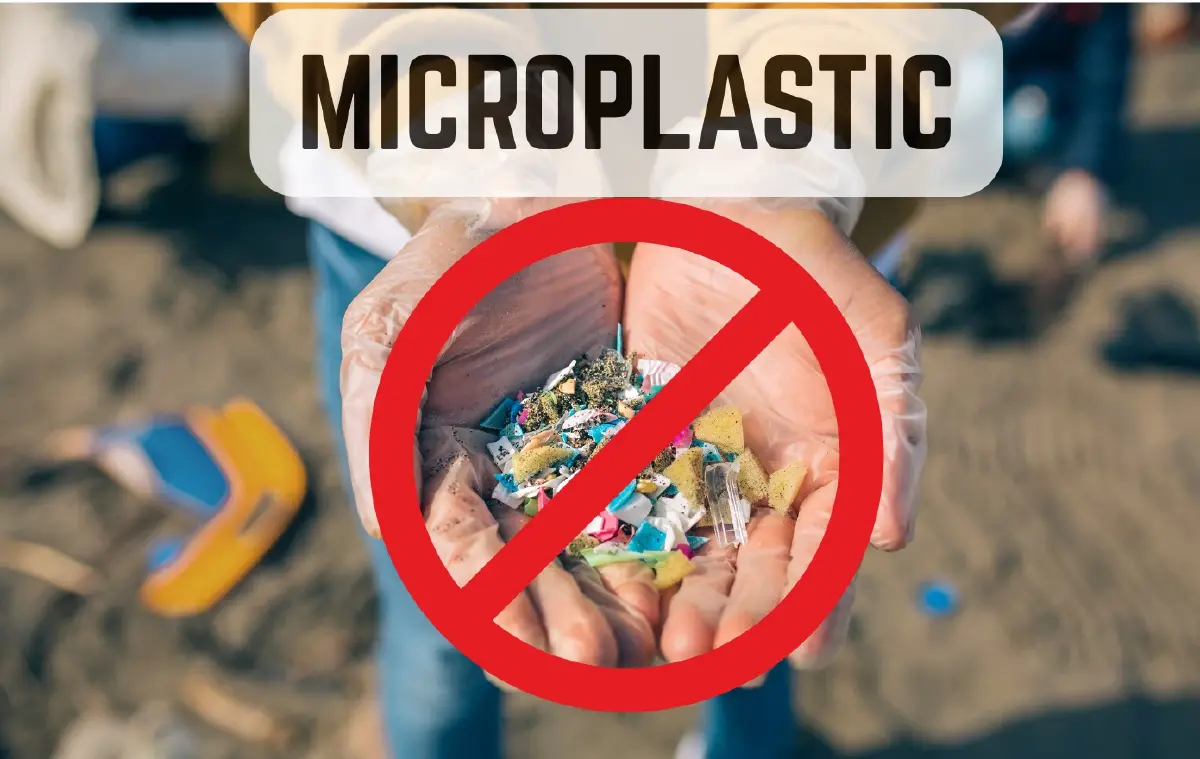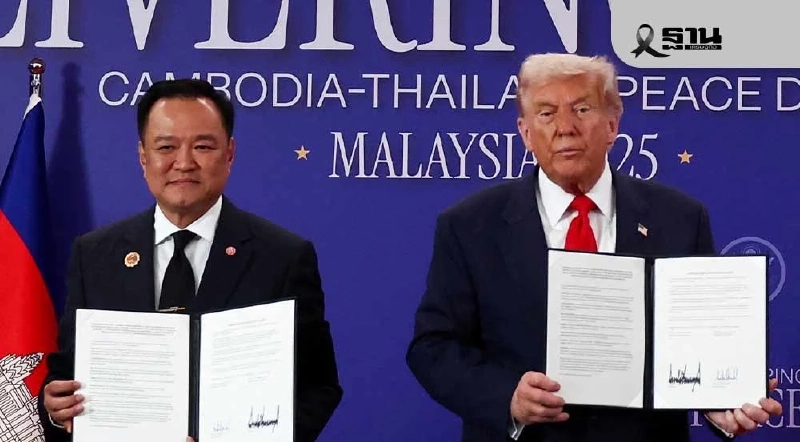Steel industry emissions are a big contributor to climate change. Can it go green?
1 พ.ค. 67

Steelmaking, the fiery process that undergirds modern life, comes with a huge cost to the climate. Greenhouse gases gush from the burning fossil fuels that drive 1600°C blast furnaces and melt raw iron ore. Purifying the molten ore by mixing it with refined coal, or coke, releases a second, bigger surge of carbon dioxide. A third stream comes when the resulting pig iron is turned into steel by cooking it a bit further—baking off most of the remaining carbon—and alloying it with additives such as chromium or titanium. In the end, the emitted greenhouse gases weigh roughly twice as much as the steel itself. Nearly 2 billion tons of steel is produced worldwide each year, accounting for about 7% of human greenhouse gas emissions, more than Russia or the entire European Union. The U.S. Department of Energy (DOE) is now hoping to change that. In March, DOE announced $1.5 billion in grants for low-carbon ironmaking, and last month, the agency’s Advanced Research Projects Agency – Energy (ARPA-E) announced another $28 million in grants for more cutting-edge, speculative approaches. ....
แหล่งที่มา
AAAS
แท็ก



